Information on Nappy Rash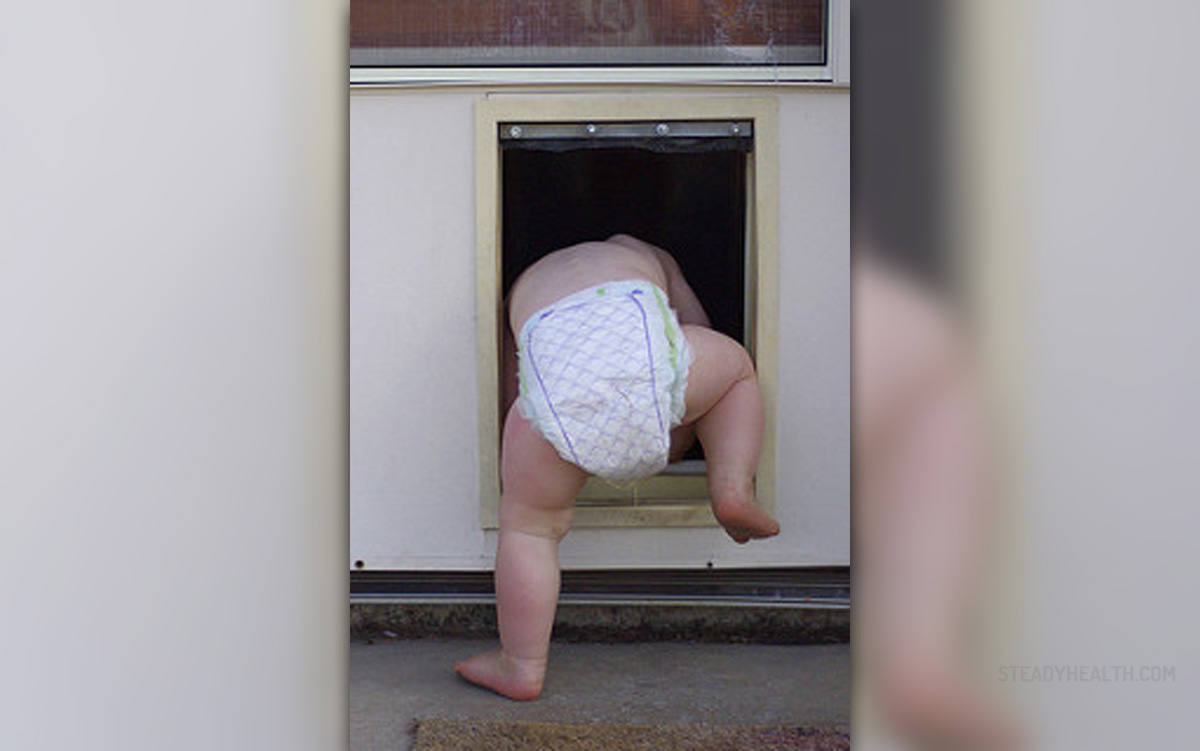
Nappy rash is a quite common condition as it normally affects a large number of nappy-wearing babies. The rash is involved with soreness and skin irritation at the affected areas which are commonly around the nappy. Pink or red blotches or spots are also quite common with this type of medical condition. The rash commonly occurs because the skin gets into contact with the feces and the urine in the nappy. Nappy rash mostly affects the babies which are between 9 and 12 months old. In most cases, nappy rash is only a minor nuisance and it can be treated simply by following a certain skin care routine so no discomfort or painful sensations get involved.
Severe cases of nappy rash are not that common but they may still occur. In most cases they are associated with some bacterial infection or some other sort of underlying medical condition. Severe cases of rash involve a lot of distress and pain and they need to be treated with certain types of medications. Most cases of nappy rash are only mild, but the severity of the condition usually defines the nature of the symptoms. Mild cases of nappy rash involve pink or red blotches or spots at the affected area. Mildly stinging sensation when passing feces or urine may also occur. Severe nappy rash can be characterized by bright red spots, broken skin, cracked skin, dry skin, blisters, ulcers and swelling on the skin. The baby usually cries more than usual and is significantly irritable. Severe cases need to be treated immediately because they may be involved with certain types of infections.
Preventing nappy rash
In order to prevent the nappy rash from occurring, one needs to follow a proper skin care routine which consists of certain guidelines. The nappy needs to be left off as much as possible. The nappy also needs to be changed as regularly as possible. The baby’s bottom should be washed using only water, without any chemicals or commercially produced products. A barrier cream needs to be applied after each nappy change. The baby’s bottom should be dried only be patting it with a towel. Tight fitting plastic pants should not be used over nappies. Powders should be avoided as well. In rare cases of nappy rash there are certain types of bacterial infections which may occur. The infection can be recognized by red, irritated skin, collections of pus and lesions. The infection is commonly treated with certain types of antibiotics.


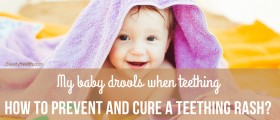
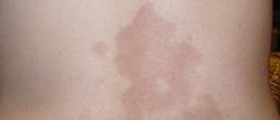
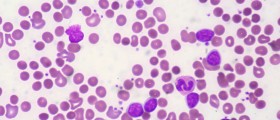



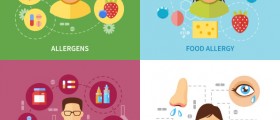

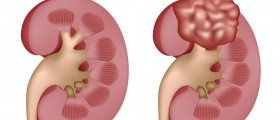
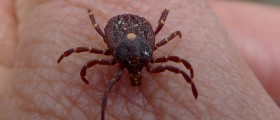

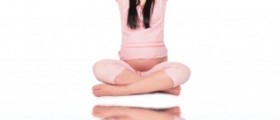
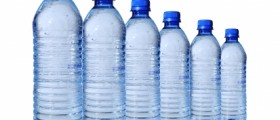

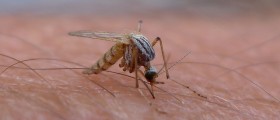
Your thoughts on this
Loading...